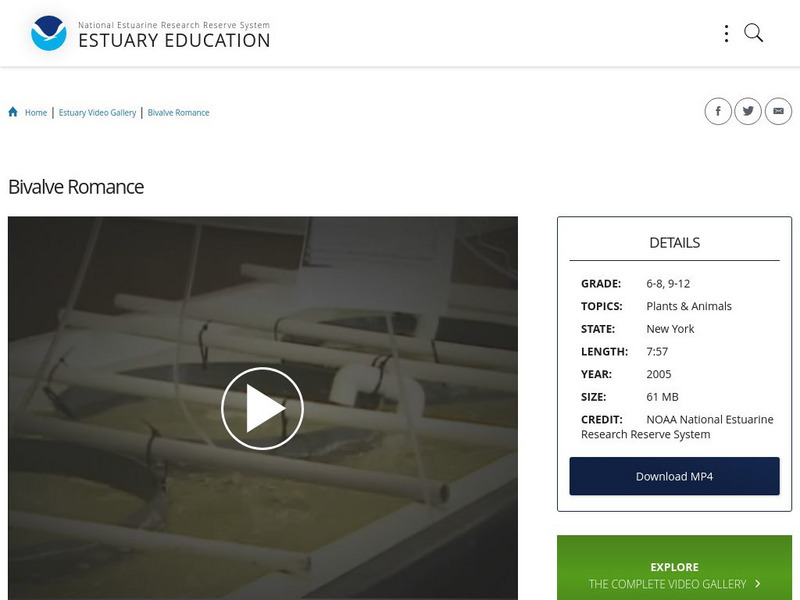SciShow
How These Animals Lost Their Heads (And Bodies, and Butts)
You'd think that there are some features that, once an animal group evolved to have them, could never really go away, right? Well, Stefan is joined today by hosts from PBS Eons, Journey To The Microcosmos, and Bizarre Beasts to break...
SciShow
How Do Oysters Make Pearls?
Quick Questions gives you the low-down on how oysters turn a tiny bit of gunk into a lovely, valuable pearl. ----------
SciShow
Bivalves Could Be the New Lab Rats
Bivalves—animals like mussels, clams and oysters—might be a more familiar sight in a restaurant than a lab. But it turns out that studying them might help us learn more about our own health.
SciShow
Bivalves Could Be the New Lab Rats
Bivalves—animals like mussels, clams and oysters—might be a more familiar sight in a restaurant than a lab. But it turns out that studying them might help us learn more about our own health.
SciShow
7 Organisms That Can Clean Toxic Waste
Toxic waste, by definition, is harmful to living things, but there are actually a bunch of plants, animals, fungi, and microbes that can help us clean it up! Chapters OYSTER MUSHROOMS 0:49 SUNFLOWERS 3:06 3 BIVALVES 5:11 BONFIRE MOSS...
Professor Dave Explains
Phylum Brachiopoda: The Lamp Shells
Continuing through Lophophorata, we arrive at Brachiopoda, the lamp shells. There aren't many of these left today, but they are fascinating tiny little sea creatures, so let's learn about them now!
Professor Dave Explains
Phylum Mollusca Part 3: Class Bivalvia (Clams, Oysters, Mussels, etc.)
With gastropods covered, let's move to our next class within phylum Mollusca, the bivalves. These include clams, oysters, mussels, scallops, and shipworms. What are these organisms all about? What can we say about bivalve aquaculture?...
Professor Dave Explains
Phylum Mollusca Part 1: General Introduction
We've covered most of Spiralia, but now it's time to dive into the final subclade, Lophotrochozoa. This contains several phyla, the most diverse of which is Mollusca. This phylum includes snails, slugs, octopuses, squids, oysters,...
Curated Video
I WONDER - Do All Mollusks Have Shells?
This video is answering the question of do all mollusks have shells.
Next Animation Studio
Microplastics can carry pathogens to new points in the food chain
Critical questions remain about microplastics and possible threats to food production and safety, according to a new study published in Trends in Microbiology.
NOAA
Noaa: Estuary Education: Bivalve Romance
Tour a hatchery where clams, oysters, and scallops are raised, and learn about the steps of the bivalve life-cycle. Meet community members who support this ecological effort. [7:53]

